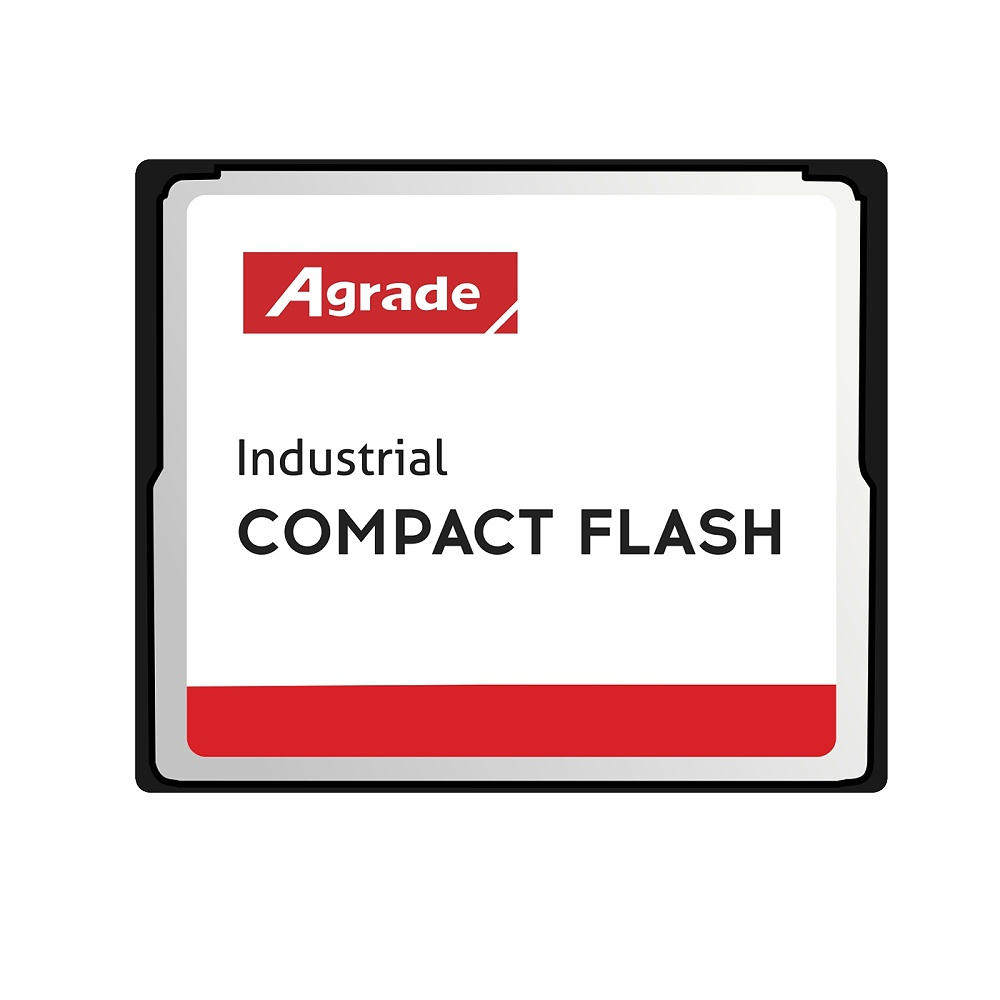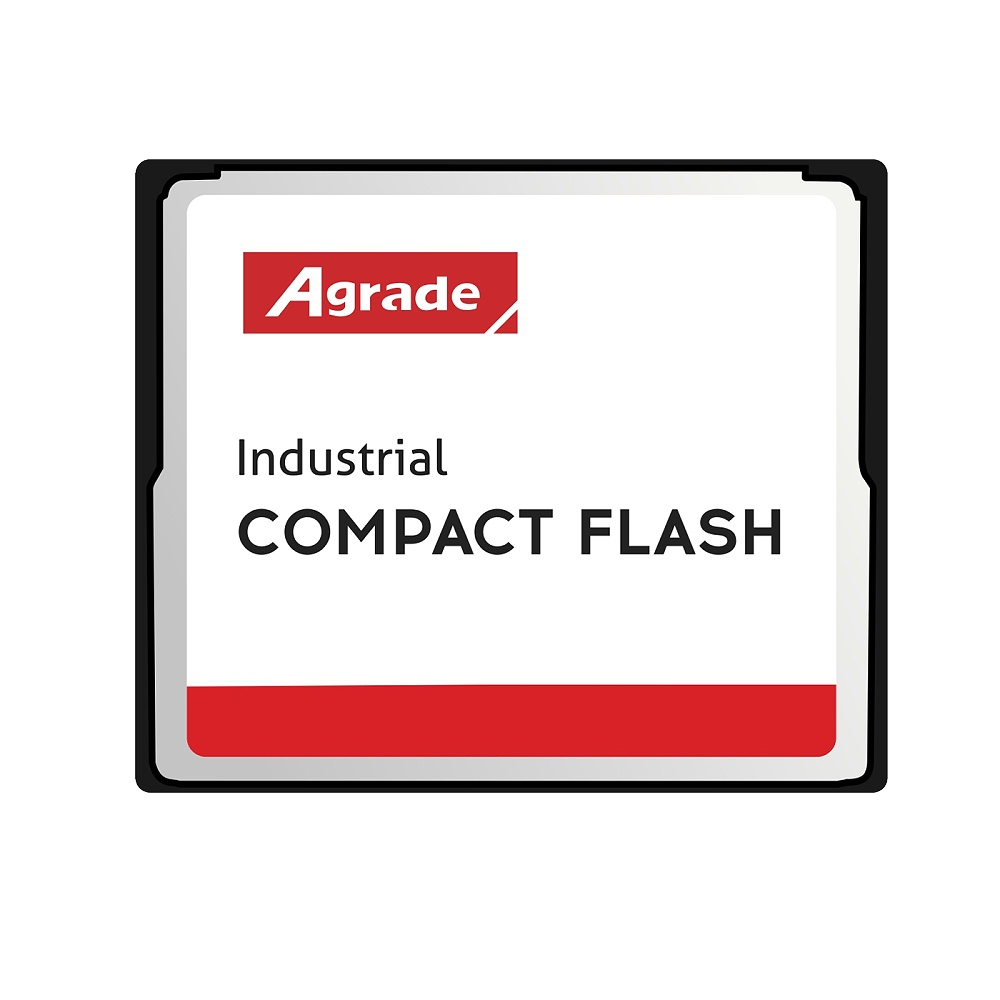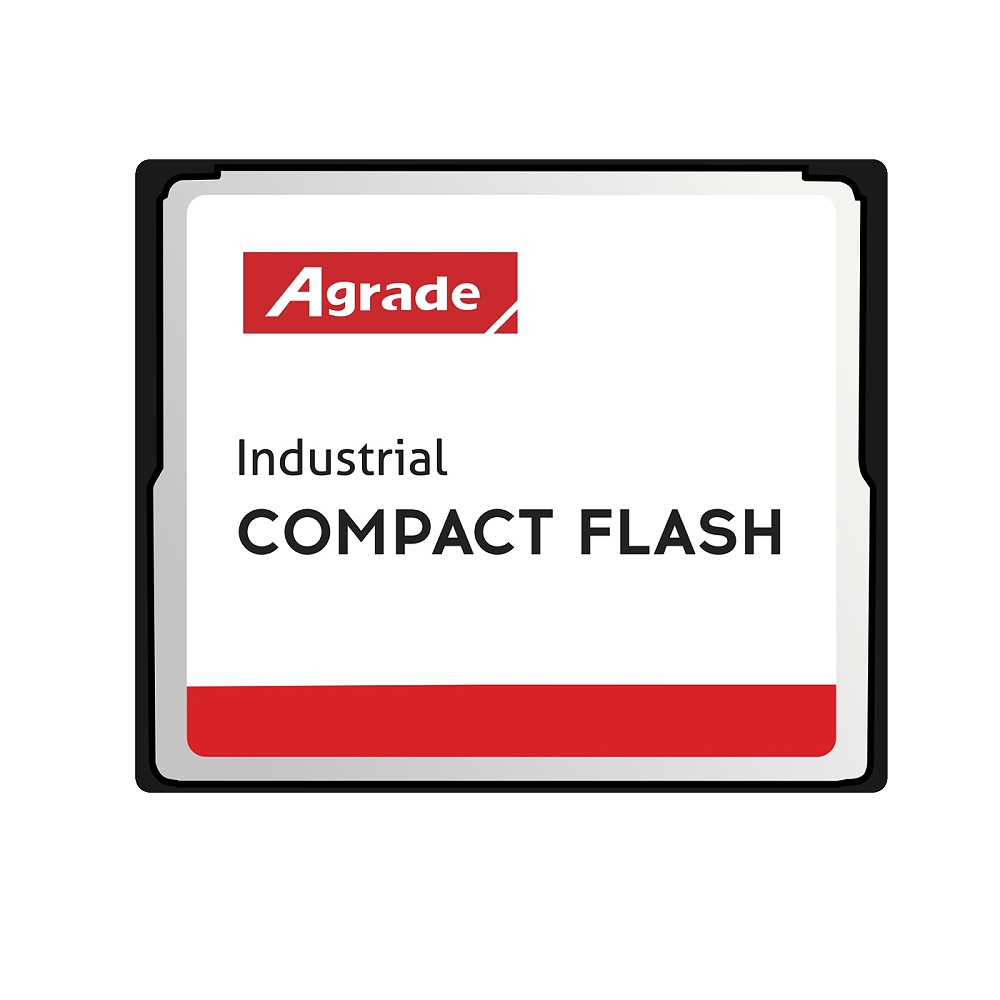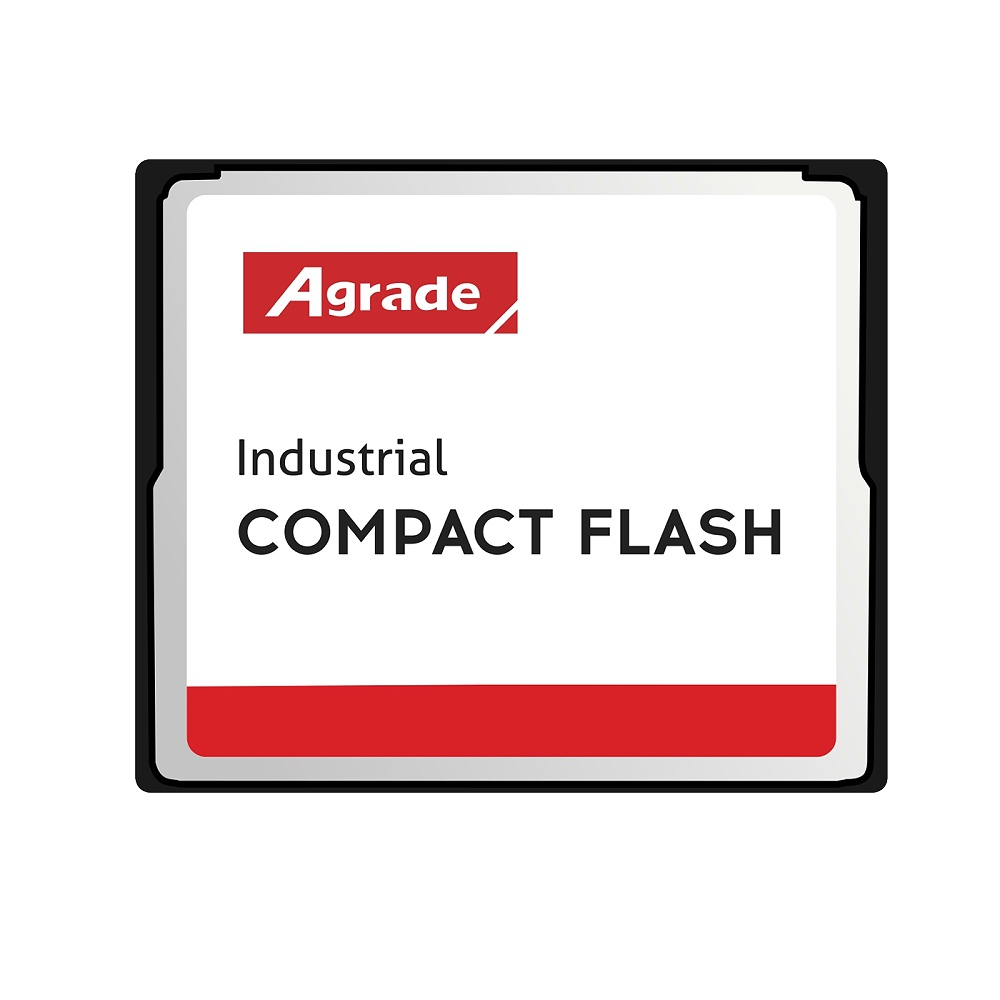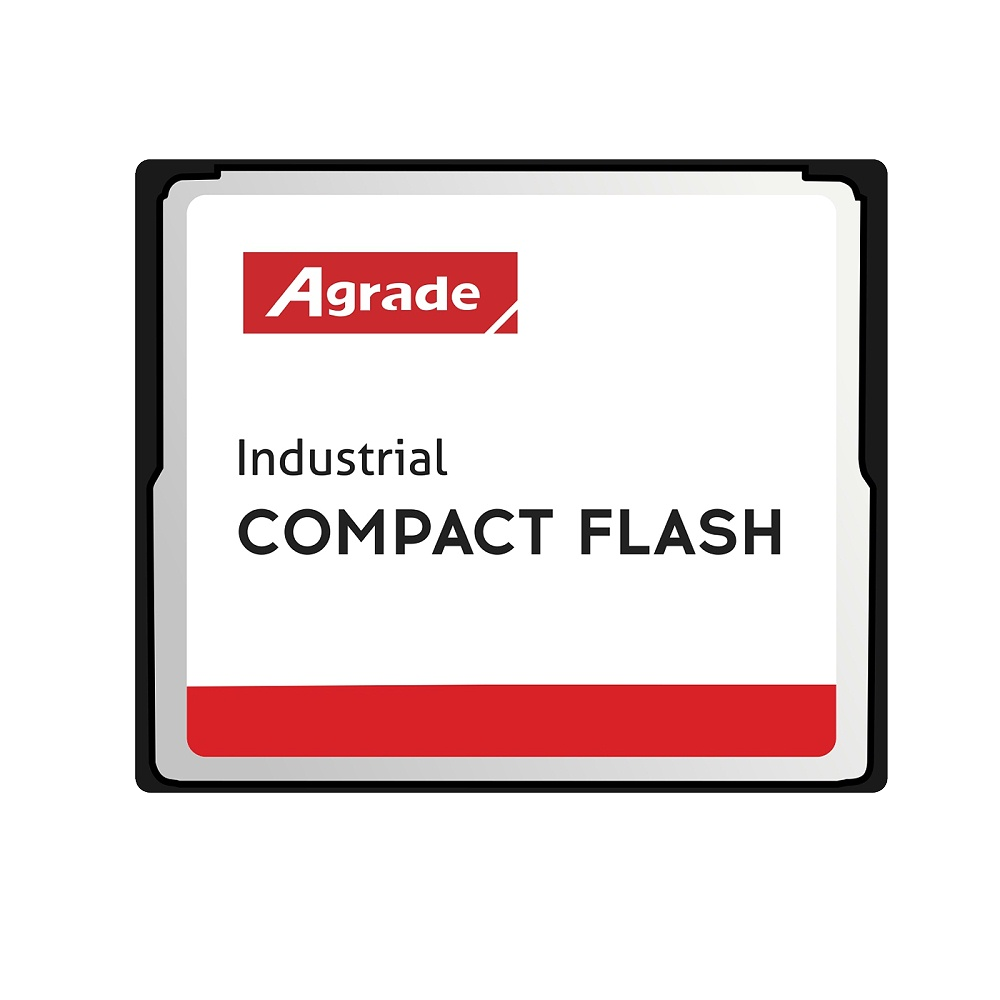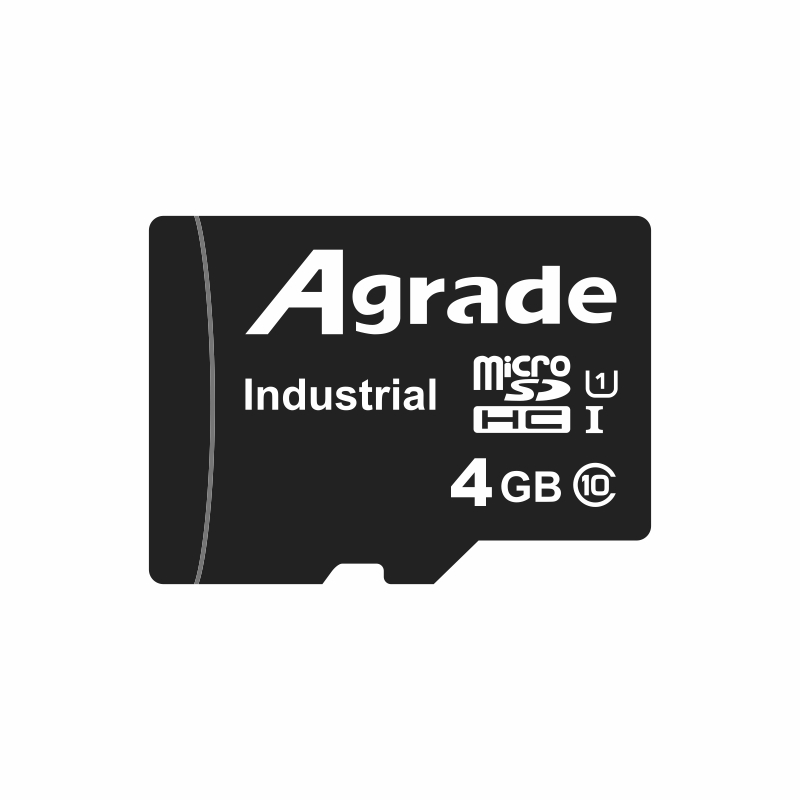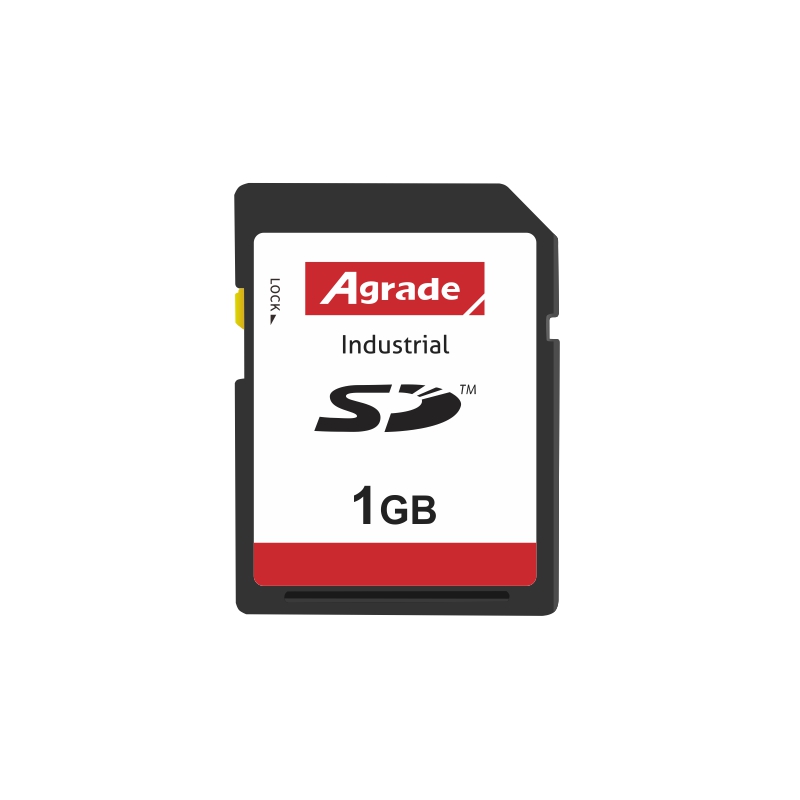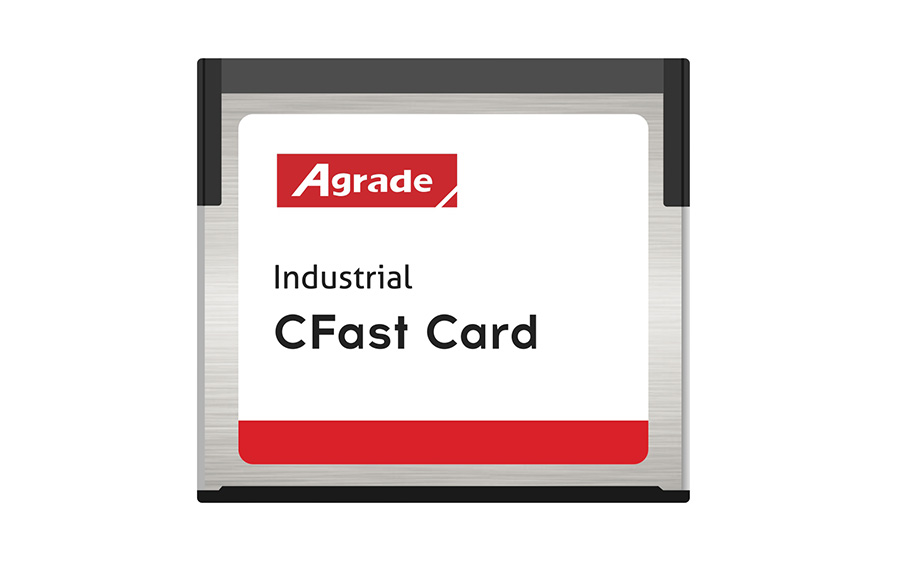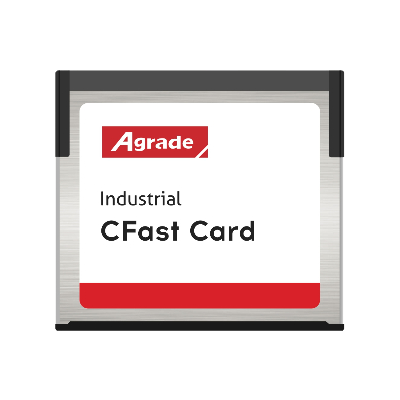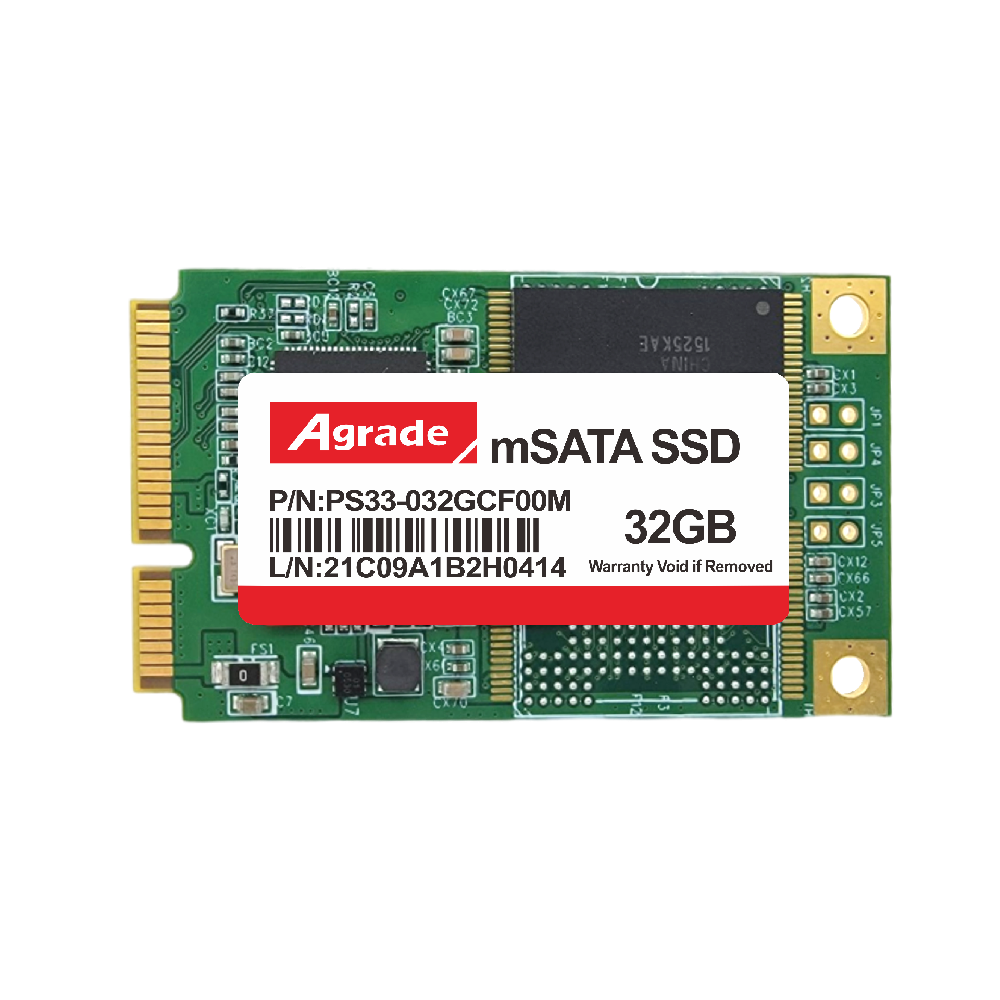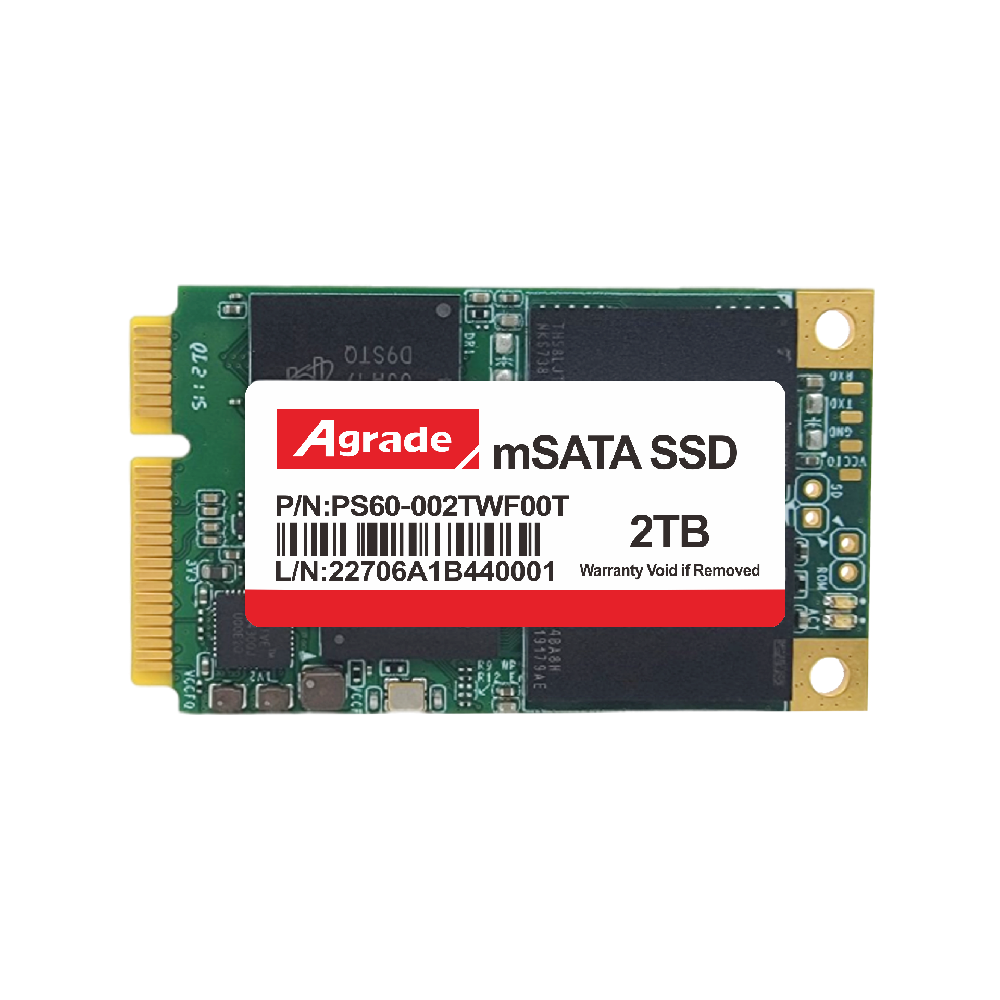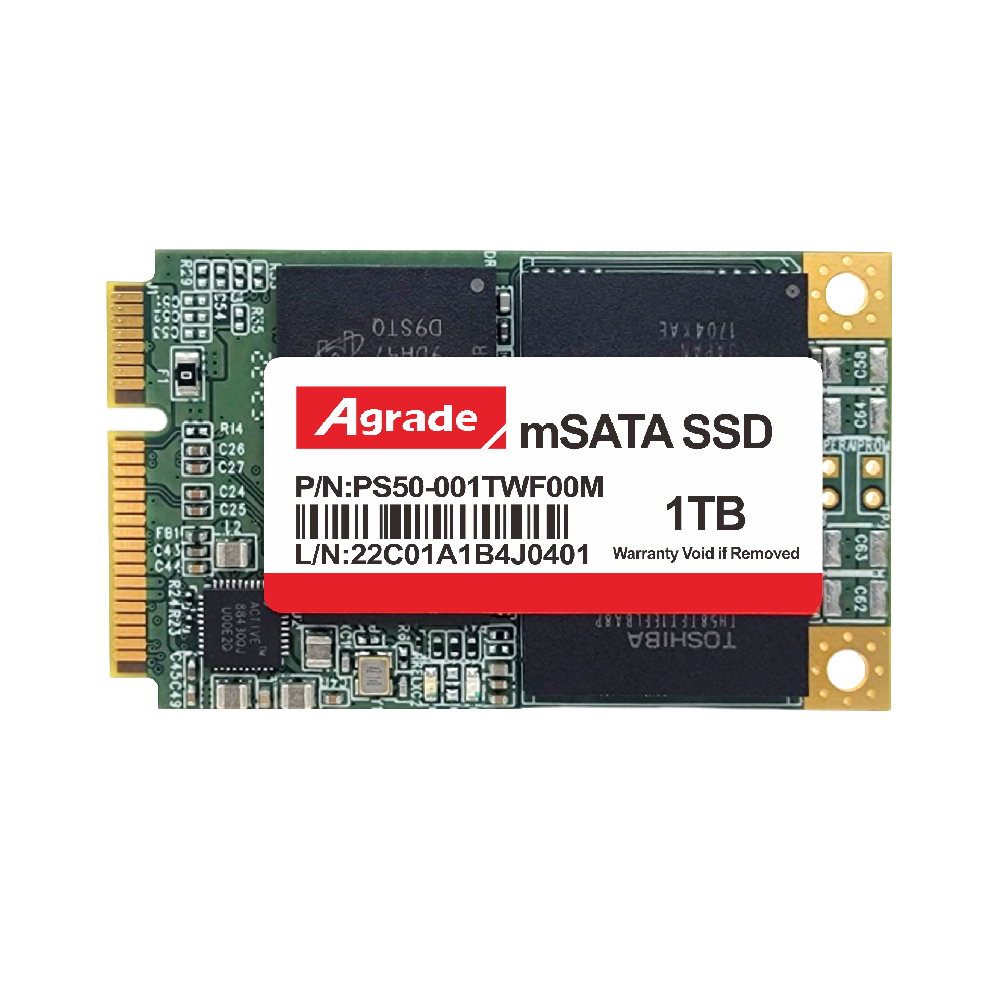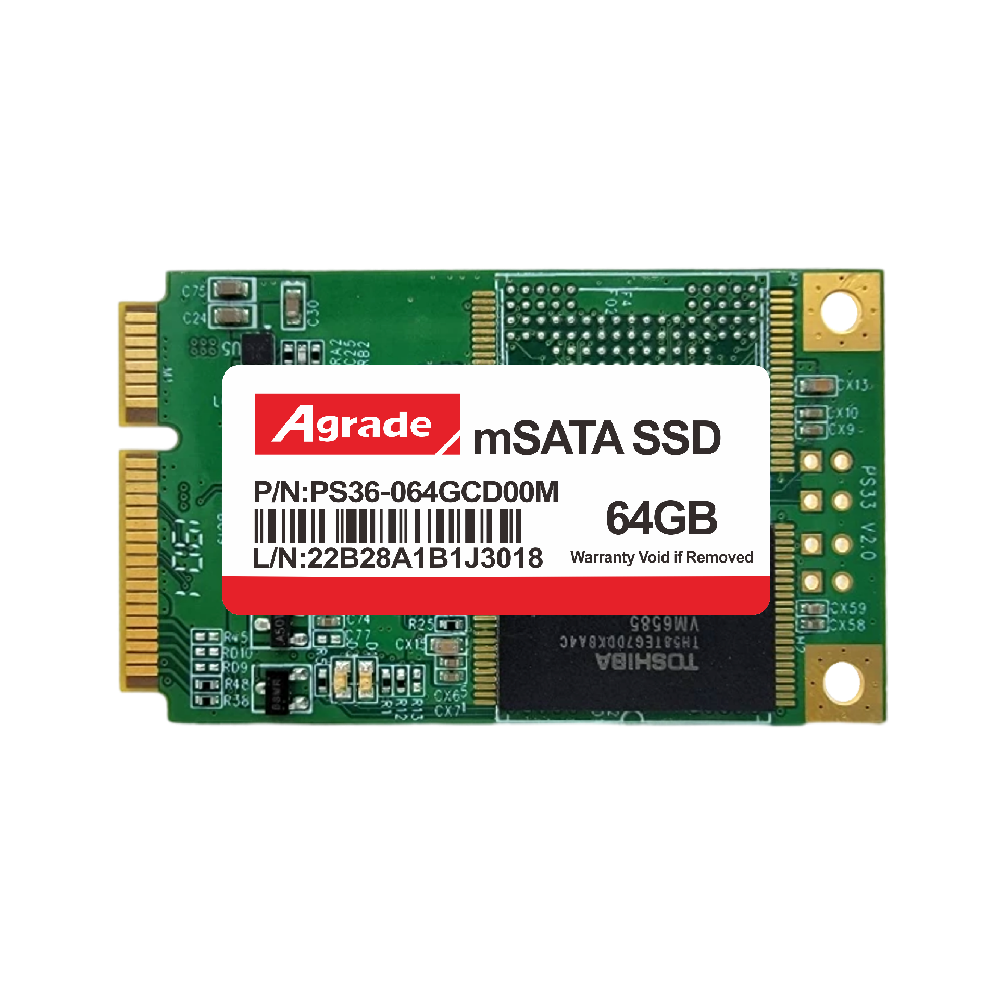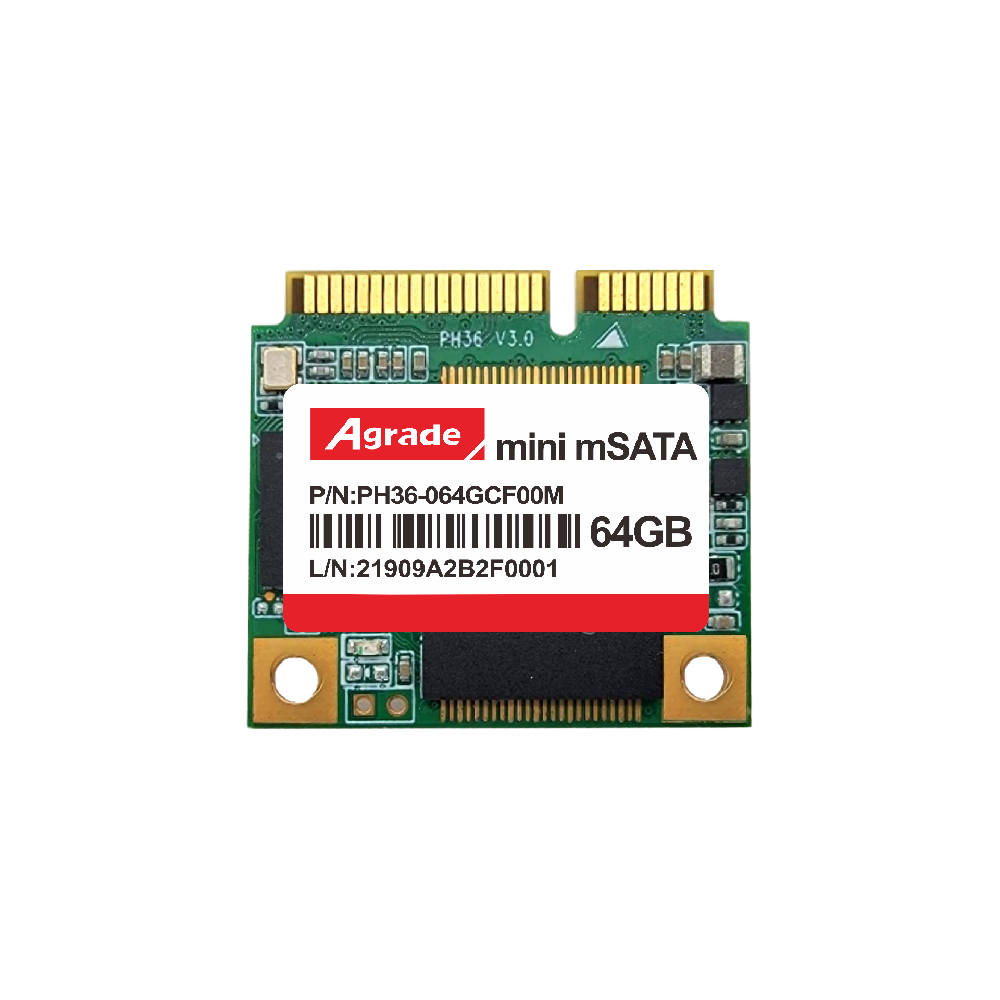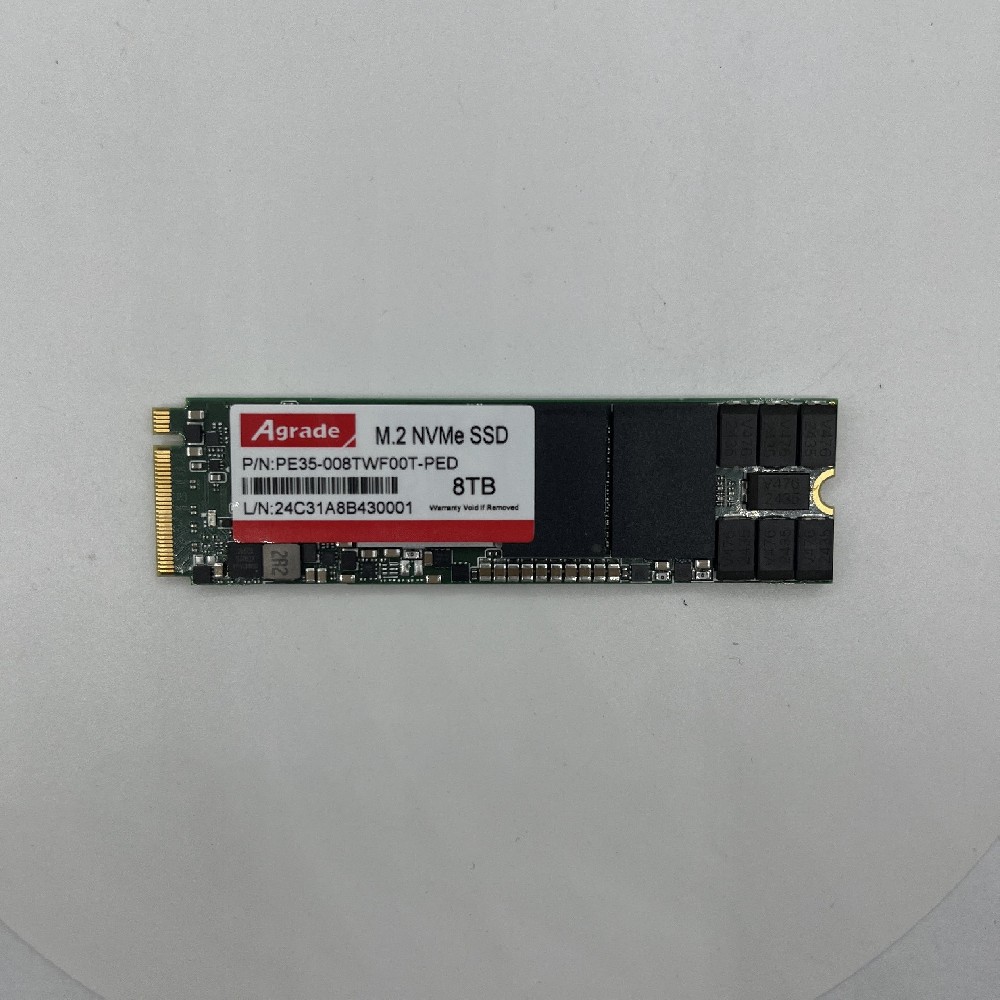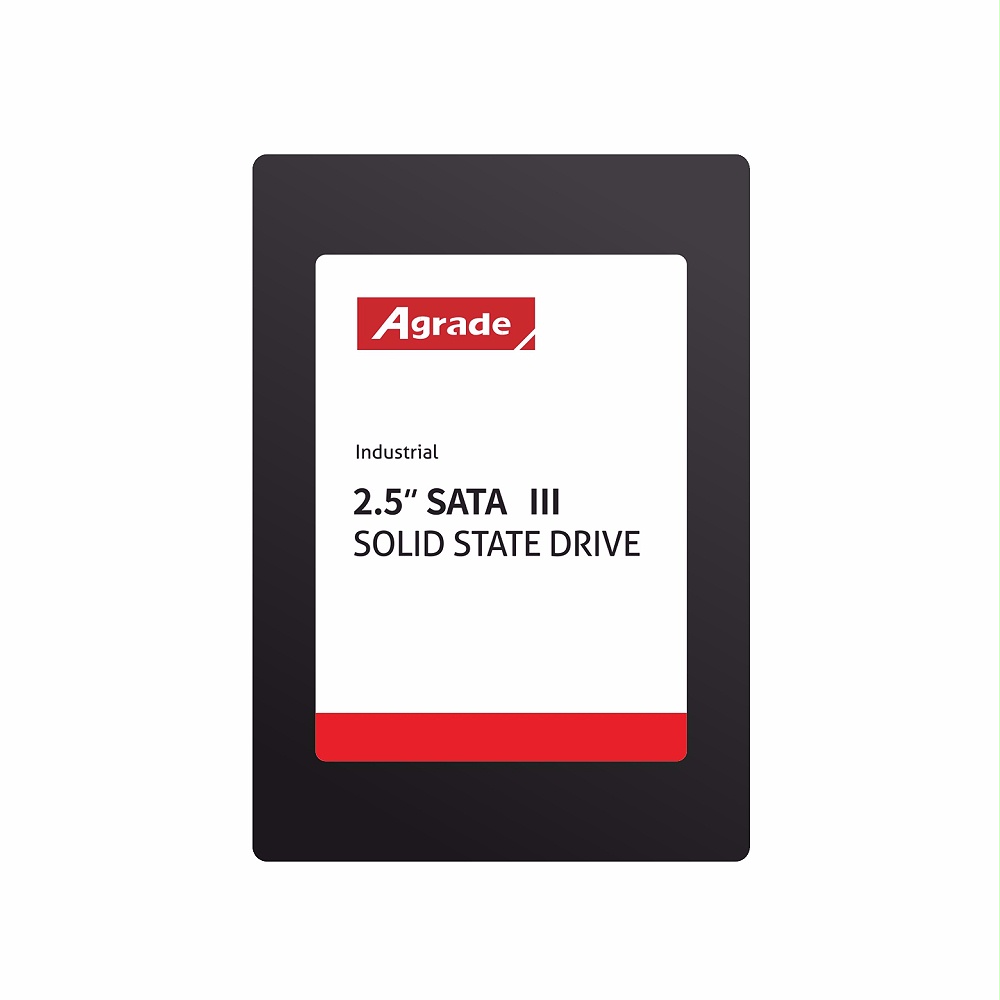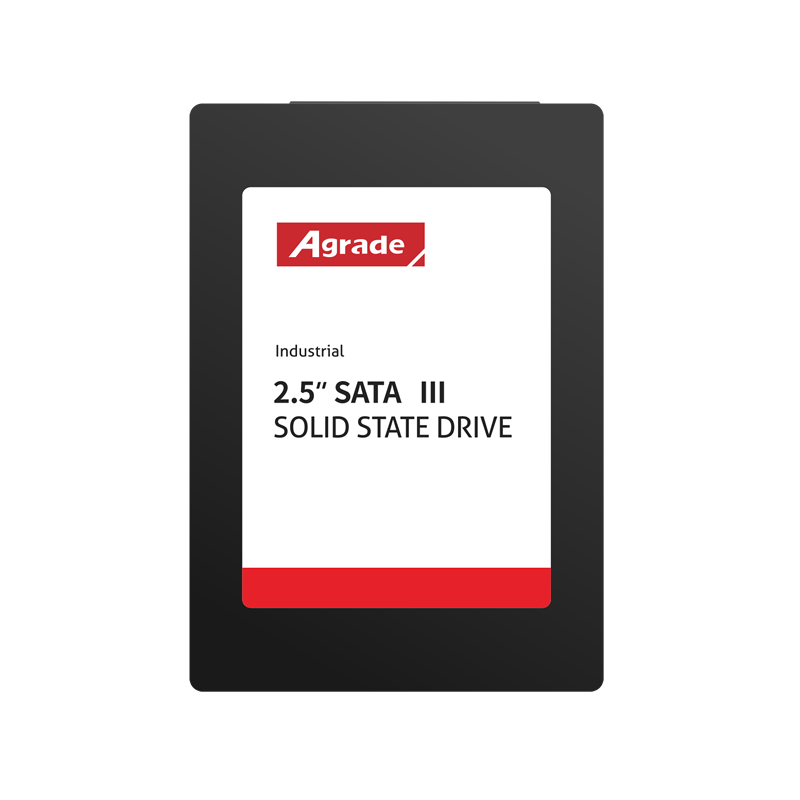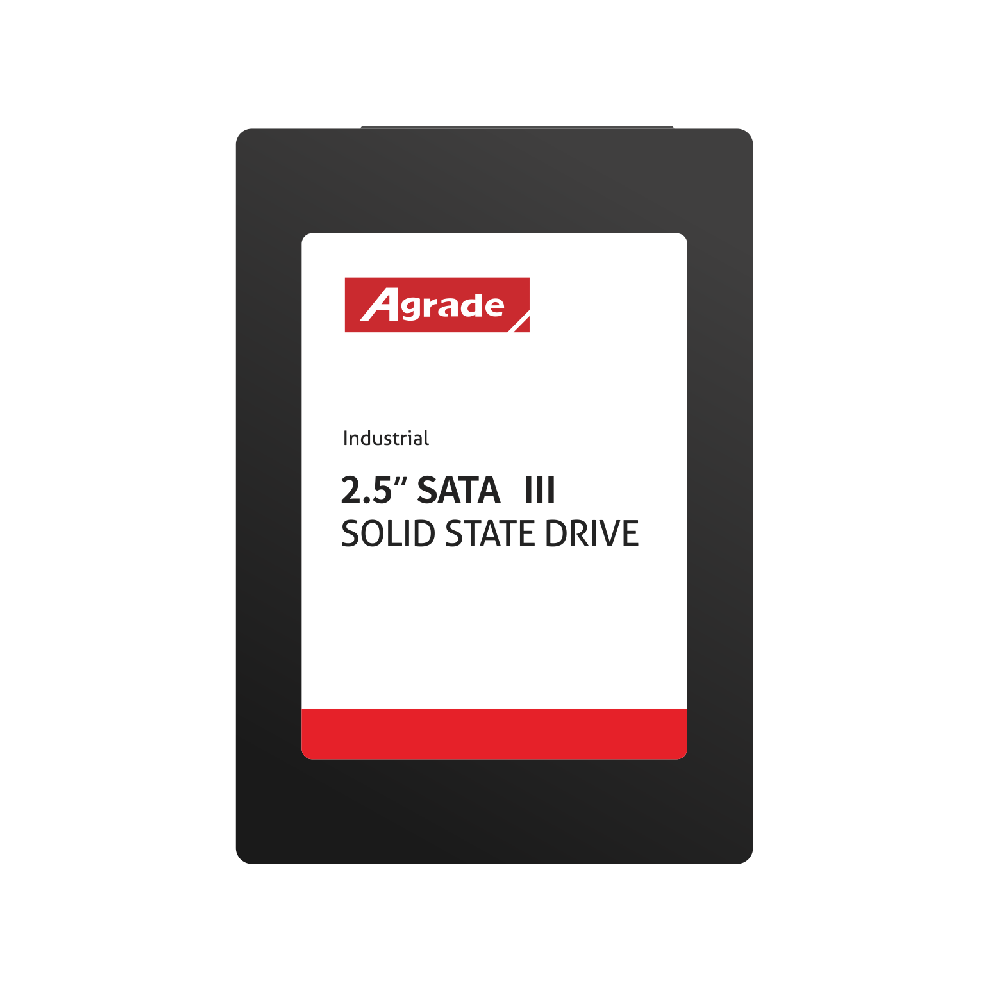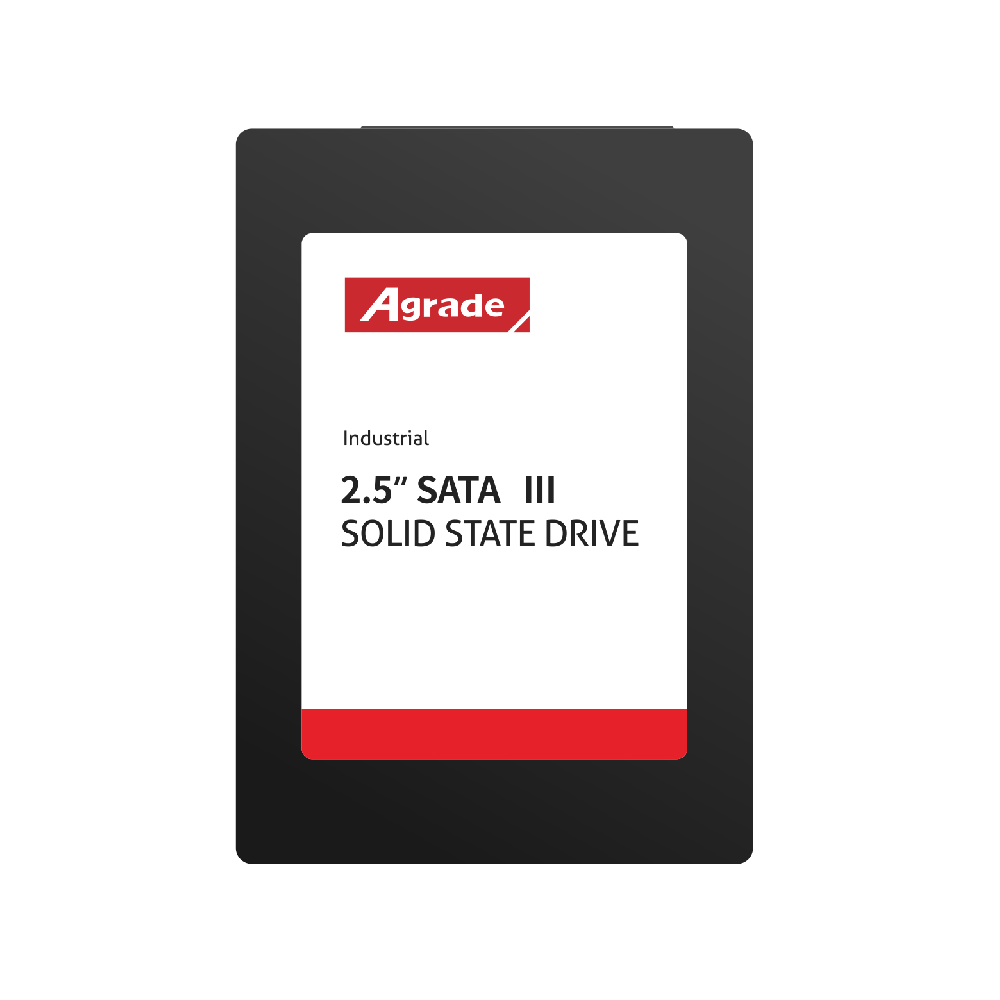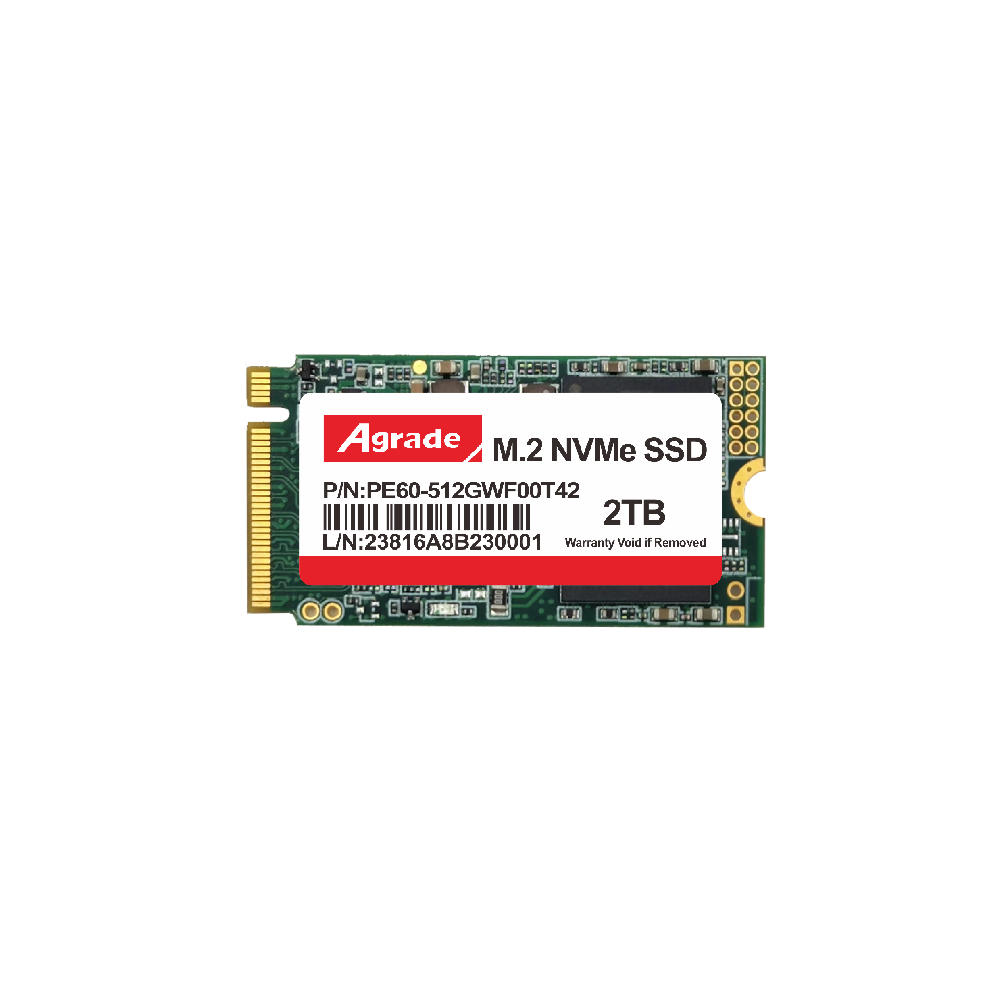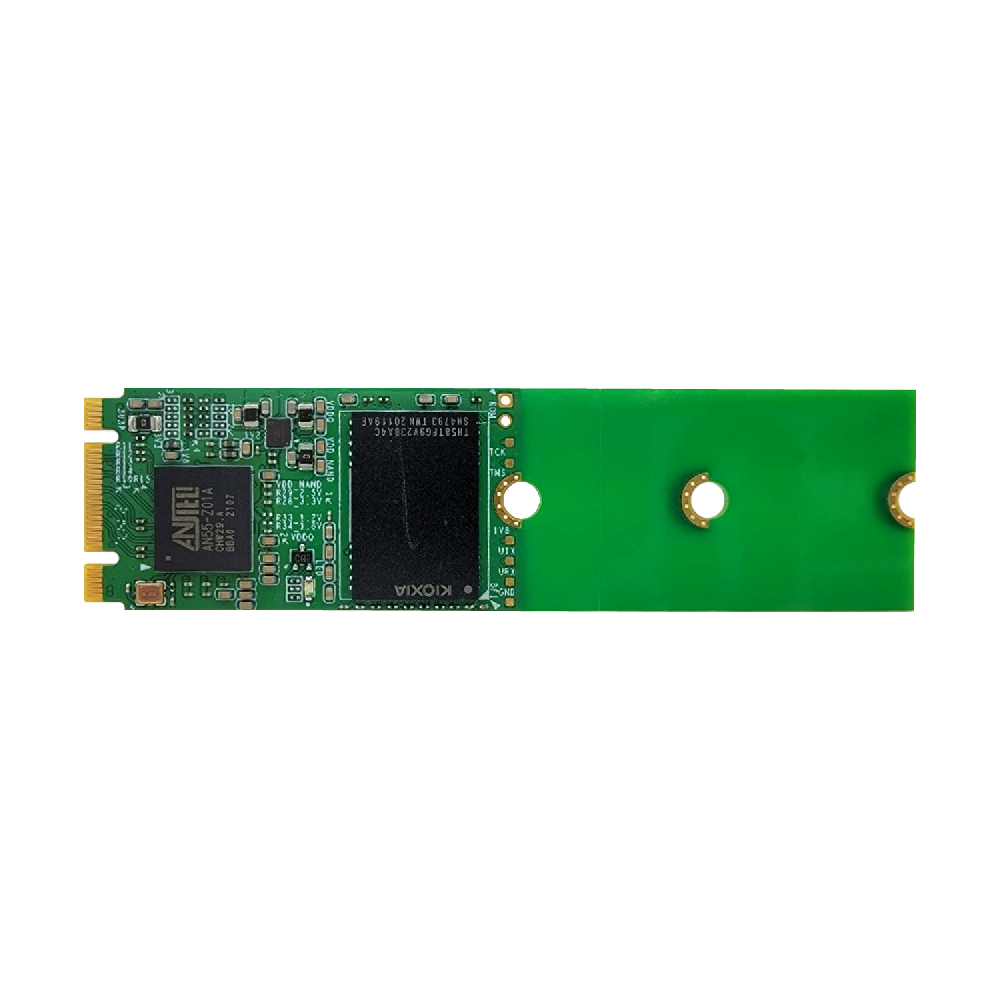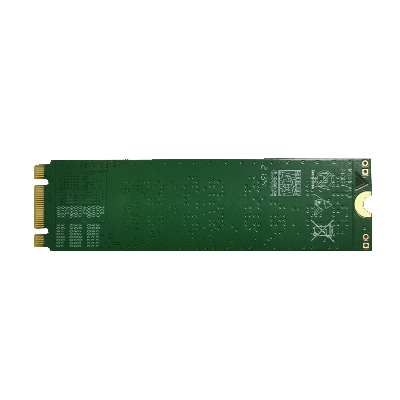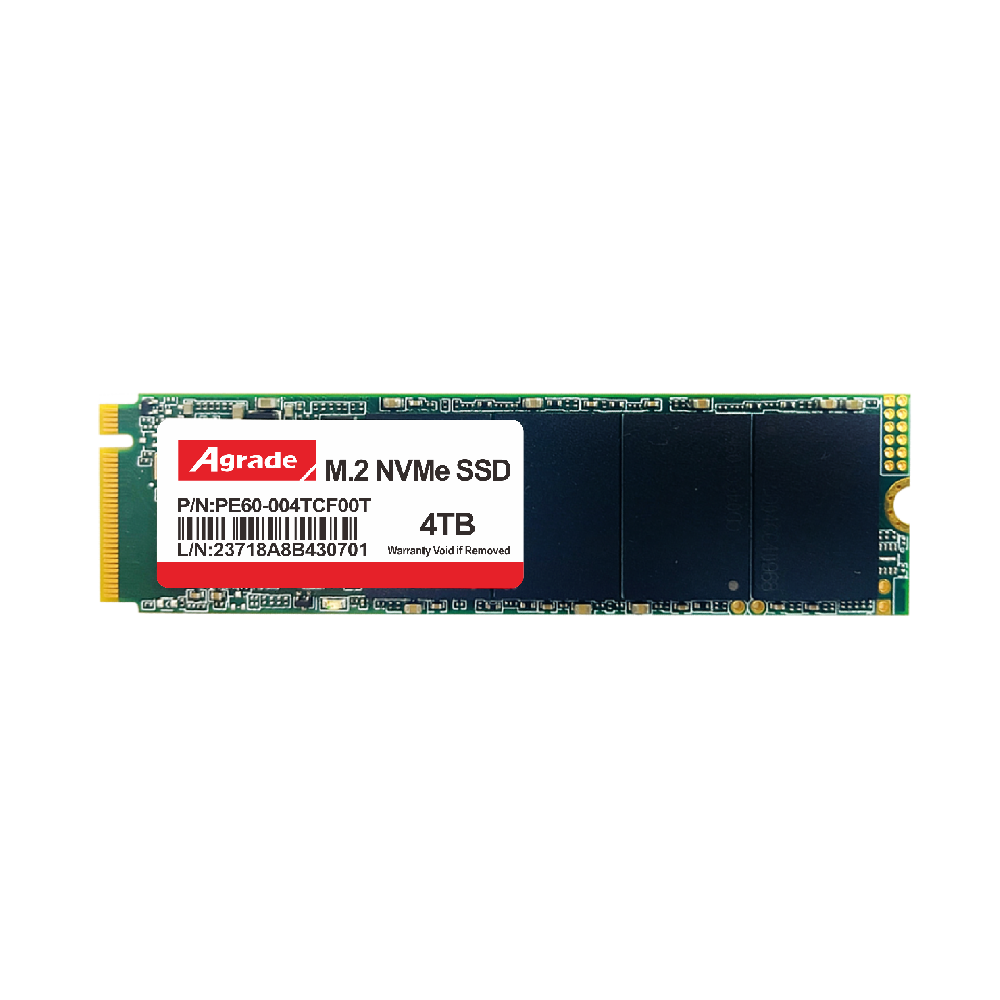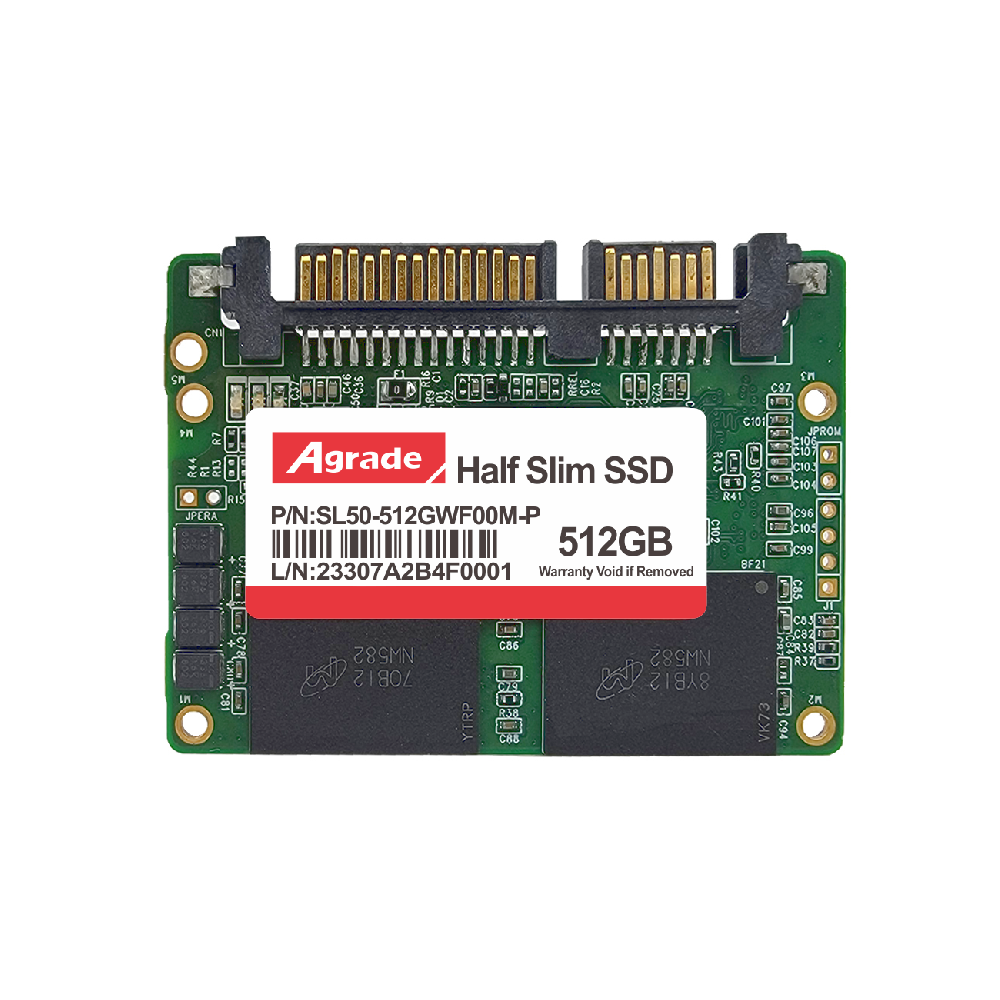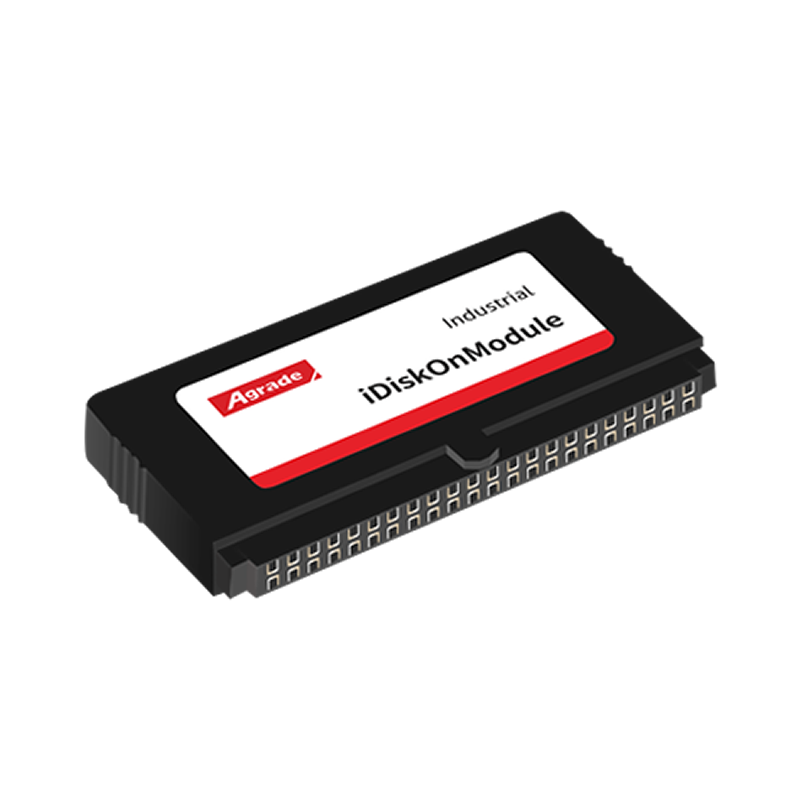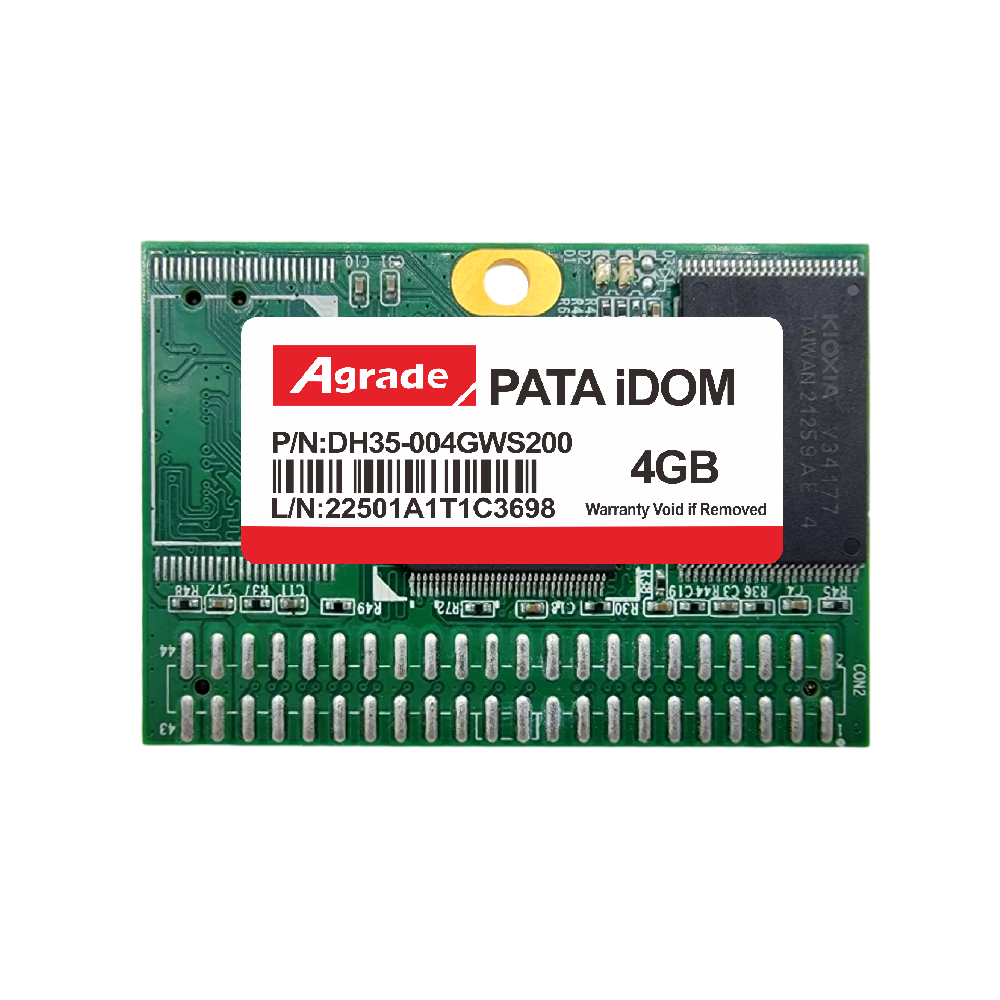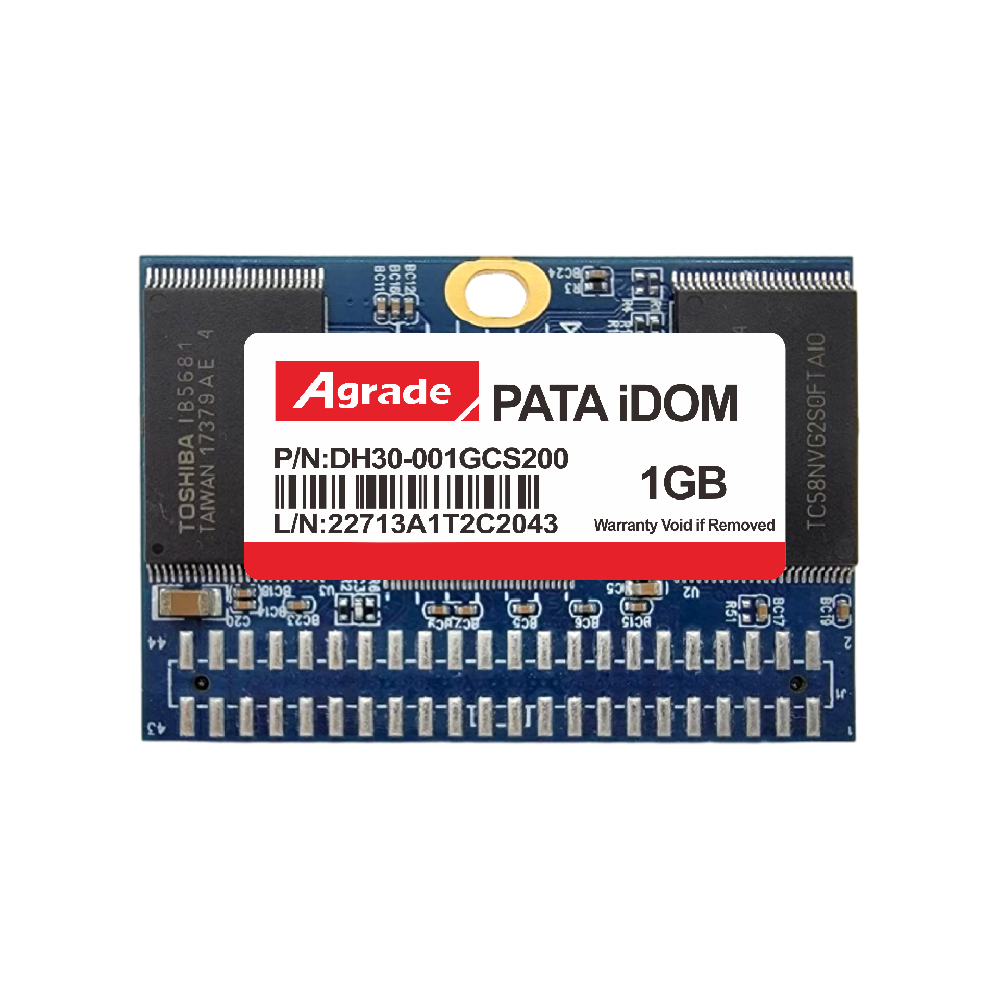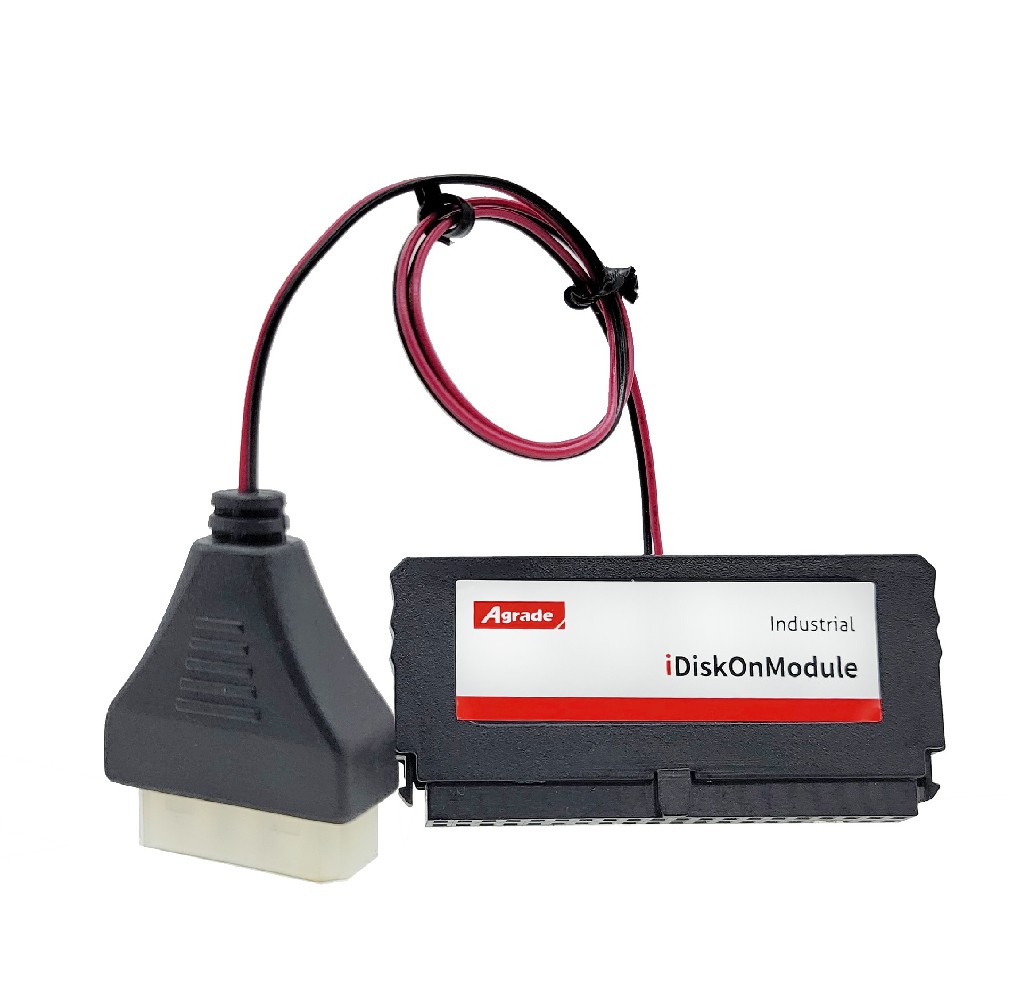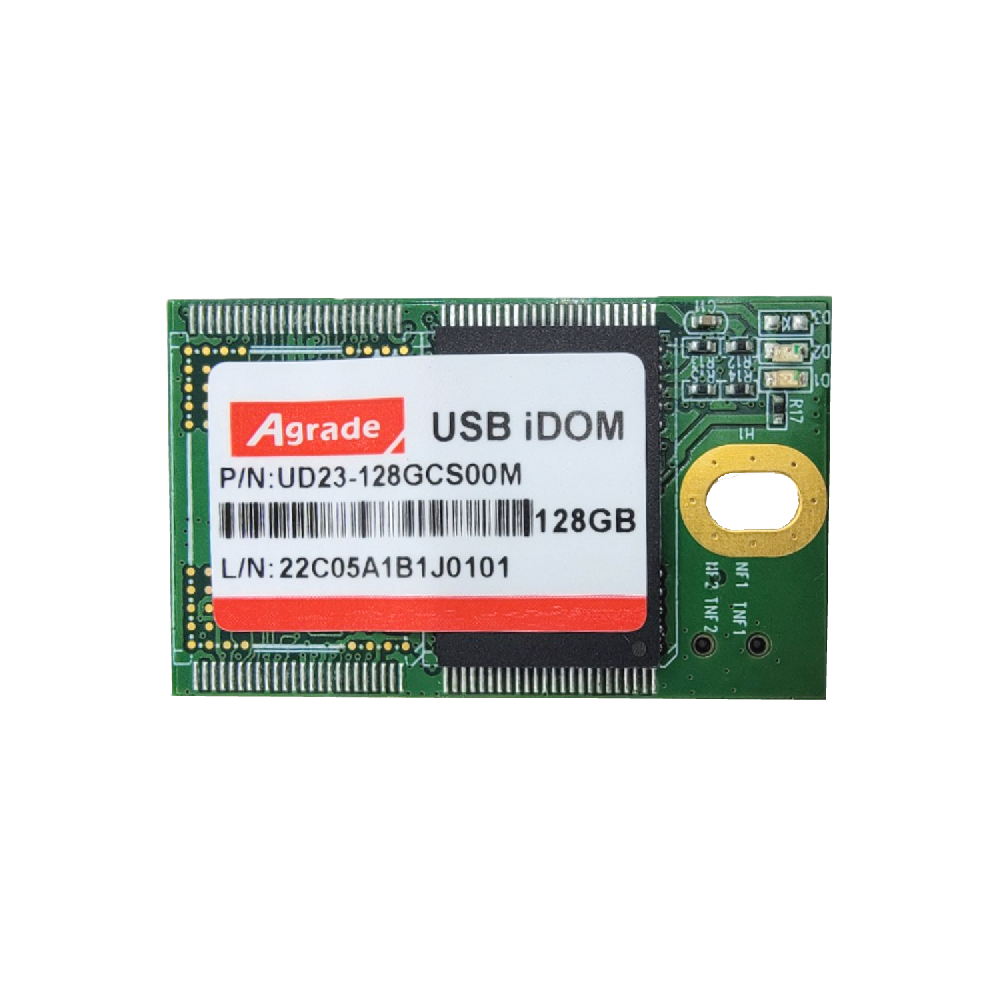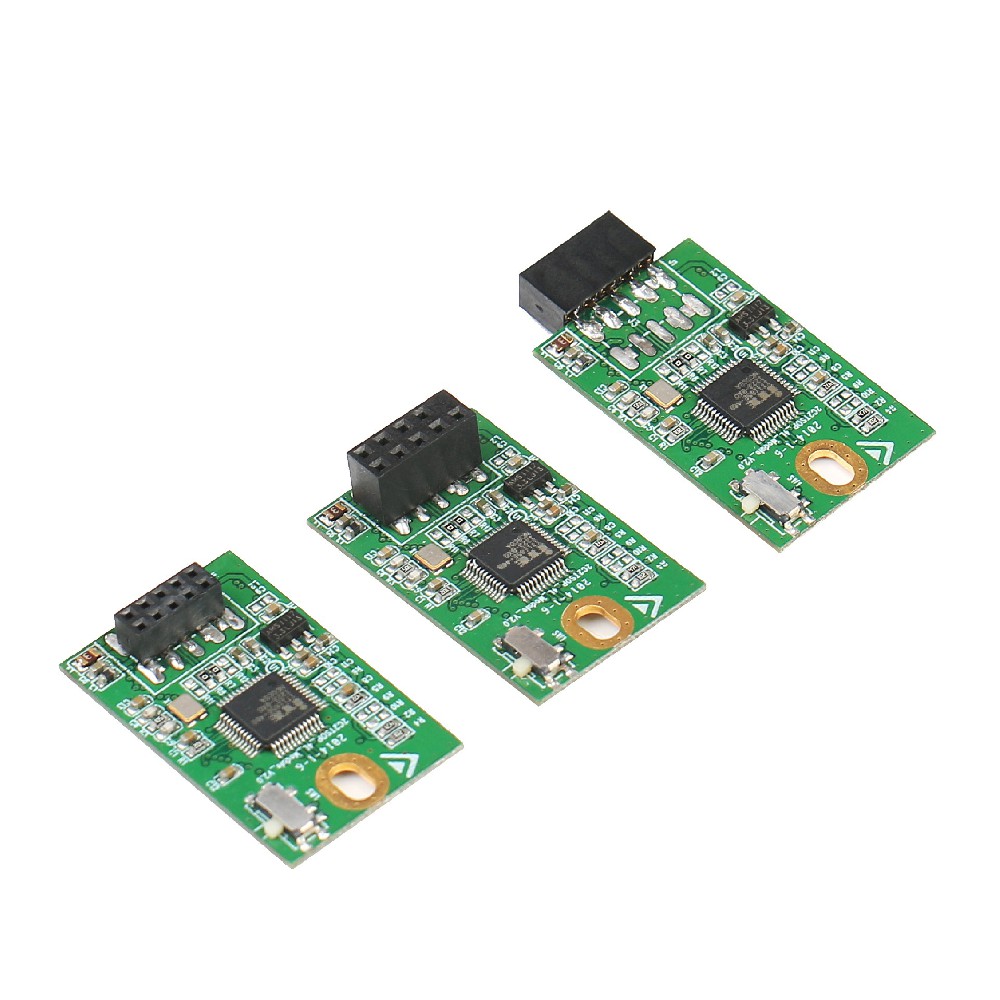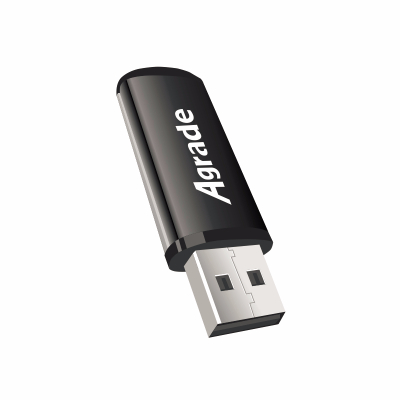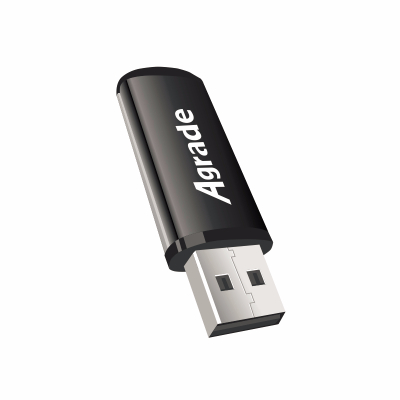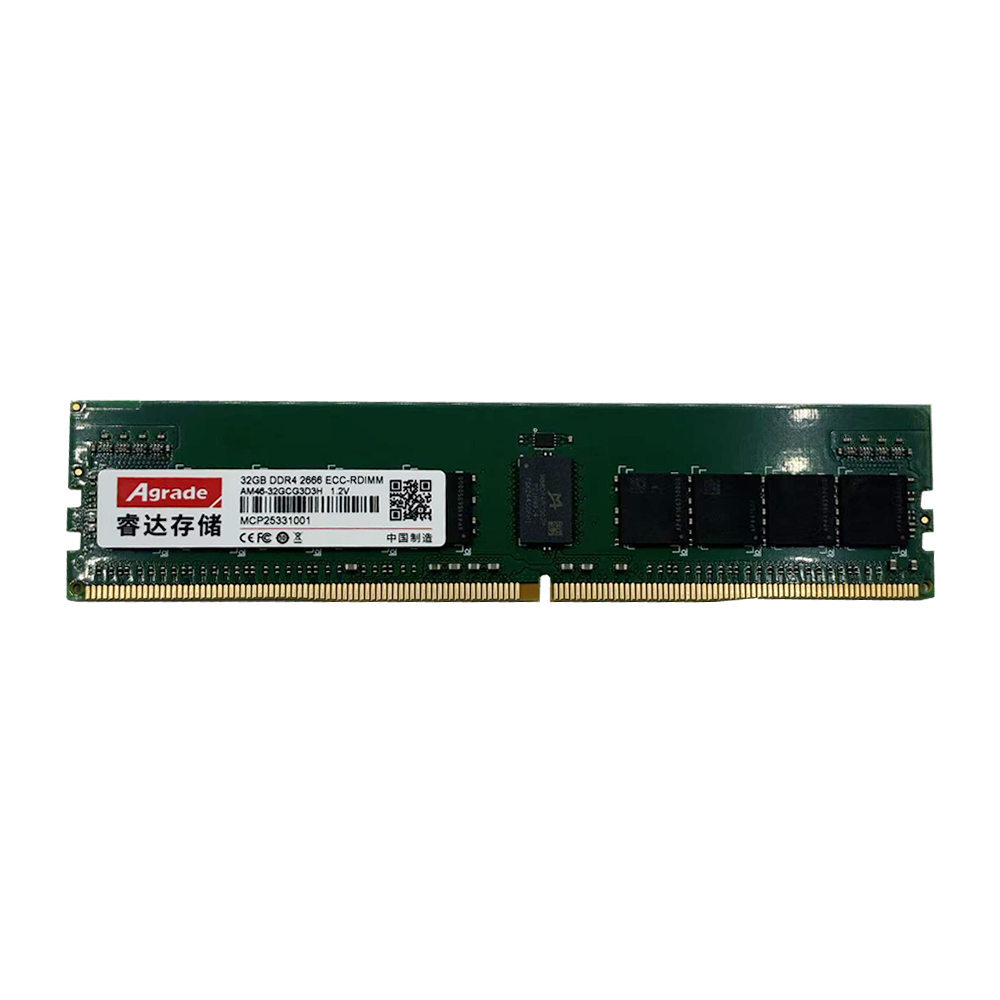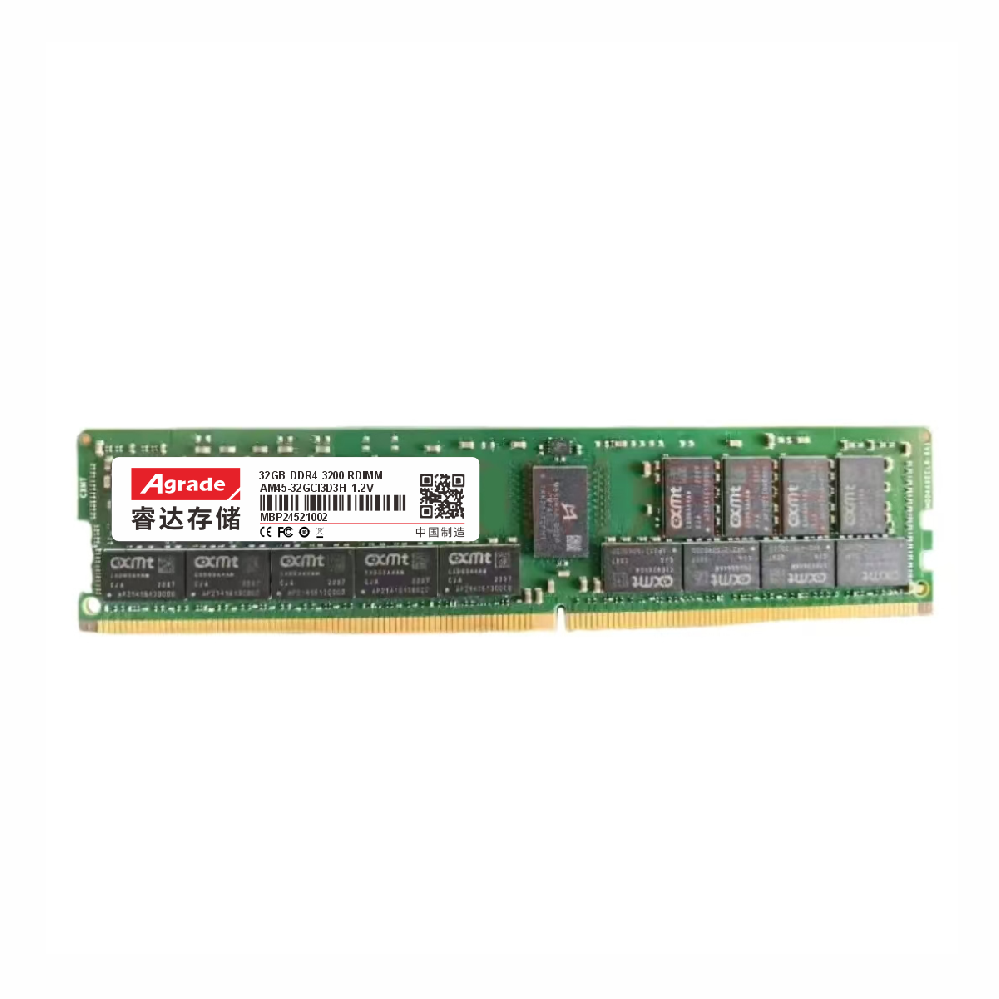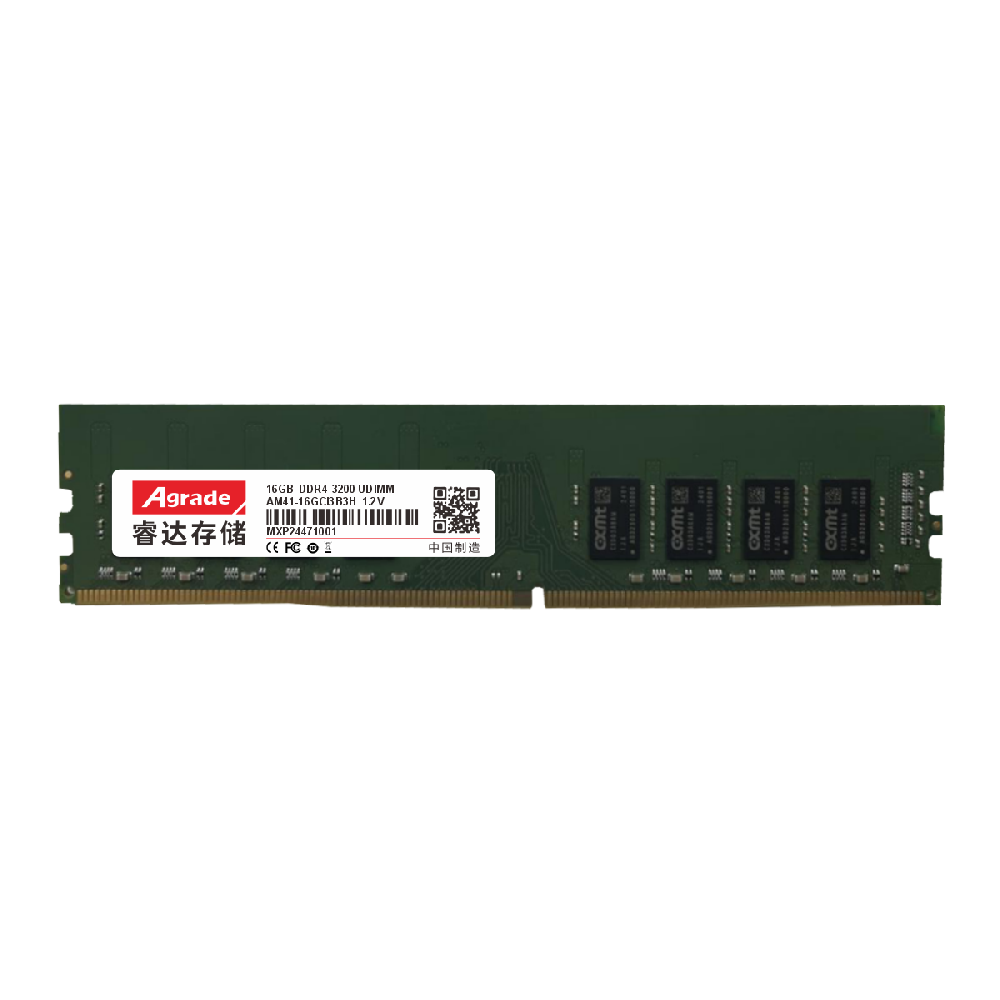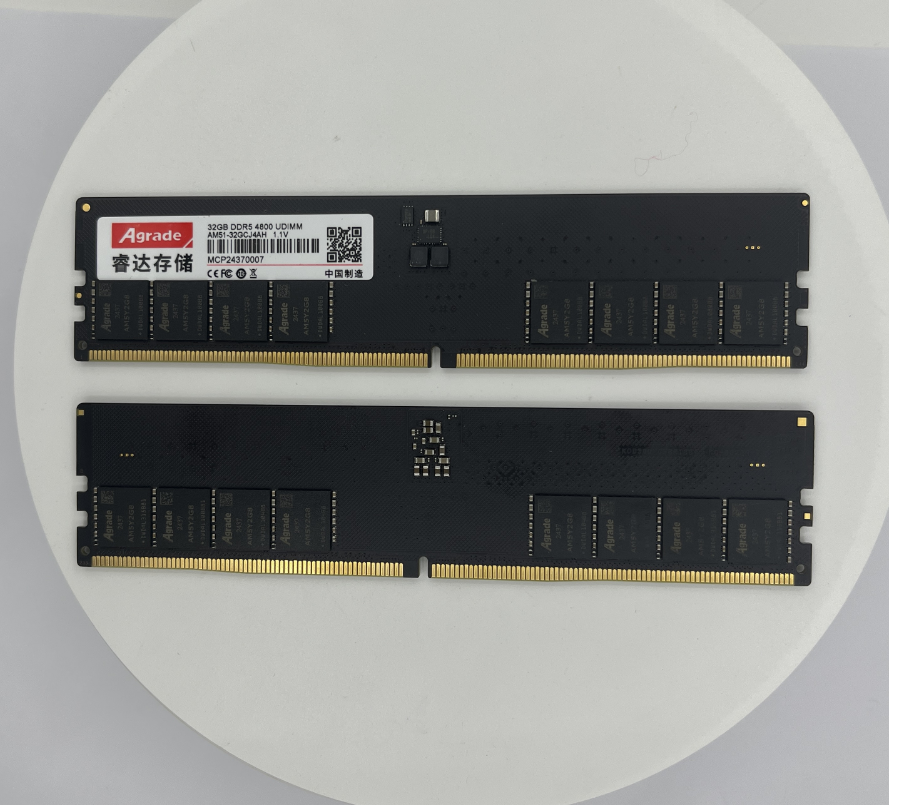

News
 电商部
电商部  2025-10-20 18:30:32
2025-10-20 18:30:32 The difference between soft destruction and hard destruction of industrial grade solid-state drives
In industrial scenarios, industrial grade solid state drives (SSDs) undertake important missions such as storing critical production data, process parameters, and research and development achievements. When these SSDs need to be retired due to malfunctions, upgrades, or data security requirements, how to safely destroy the data within them becomes the focus. Soft destruction and hard destruction, as two mainstream destruction methods, have significant differences in multiple dimensions such as principles, effects, costs, and environmental friendliness.
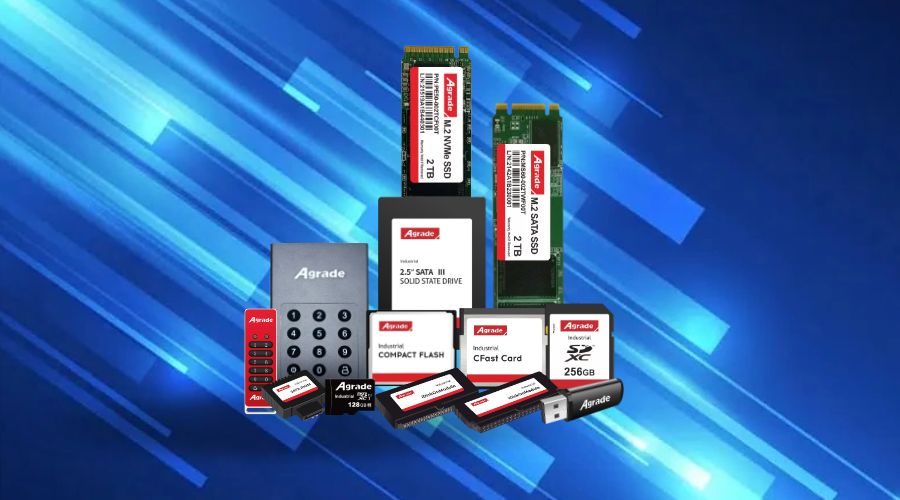
Destruction principle: the "boundary" between logic and physics
Soft destruction relies on software algorithms or technical instructions to "clear" data at the logical level. It is like manipulating a "map" of data storage, using methods such as data erasure, encryption reset, etc. to prevent data from being read or restored normally. Taking data erasure as an example, professional software is used to perform multiple overwrite writes on SSDs using specific algorithms (such as the US Department of Defense DOD 5220.22-M standard), and random data is used to overwrite the original information, causing the data recovery tool to "lose direction". Encryption destruction refers to the process of deleting or resetting encryption keys, making encrypted data unable to be decrypted due to the loss of its "password".
Hard destruction uses physical means to "violently destroy" SSDs. The SSD is crushed and destroyed by high-speed rotating blades, which cut it into small particles. Key components such as circuit boards and flash memory chips are completely dismantled, and the data storage structure is destroyed. Burning and destruction utilize high temperatures above 800 ℃ to cause the shell and circuit board of SSDs to burn and carbonize, flash memory chips to melt and denature, and the data storage layer to "disappear" at high temperatures.
Destruction effect: a "battle" between reversible and irreversible
Soft destruction can achieve data irretrievability in most cases, but it has certain limitations. If the erasing process is disrupted, software has vulnerabilities, or encounters professional data recovery techniques, there may still be a risk of data residue. If the encryption algorithm is cracked or the key management is poor, data security will also be threatened.
Hard destruction is a 'one hit deal', with a thorough and irreversible destruction effect. Whether crushed or burned, the physical structure of SSD is completely destroyed, and data recovery is almost impossible under existing technological conditions, providing the "ultimate guarantee" for data security.
Cost and Environmental Protection: The Balance between Economy and Green
The cost of soft destruction is relatively low, without the need to purchase expensive physical destruction equipment, only requiring professional software authorization or technical personnel to operate. And it can retain SSD hardware for future reuse or secondary sales, reducing the cost of enterprise equipment updates.
The cost of hard destruction is relatively high, and specialized crushing equipment is required for crushing and destruction. The cost of equipment purchase, maintenance, and site occupation is expensive; Burning and destruction require professional incinerators and exhaust gas treatment devices, which result in high operating costs. In addition, hard destruction has a certain impact on the environment. Crushing may produce dust pollution, and incineration may release harmful gases, requiring additional investment in environmental protection costs.
When choosing a destruction method, enterprises should comprehensively consider factors such as data security requirements, cost budget, and environmental regulations to find a balance between industrial data security and sustainable development.

